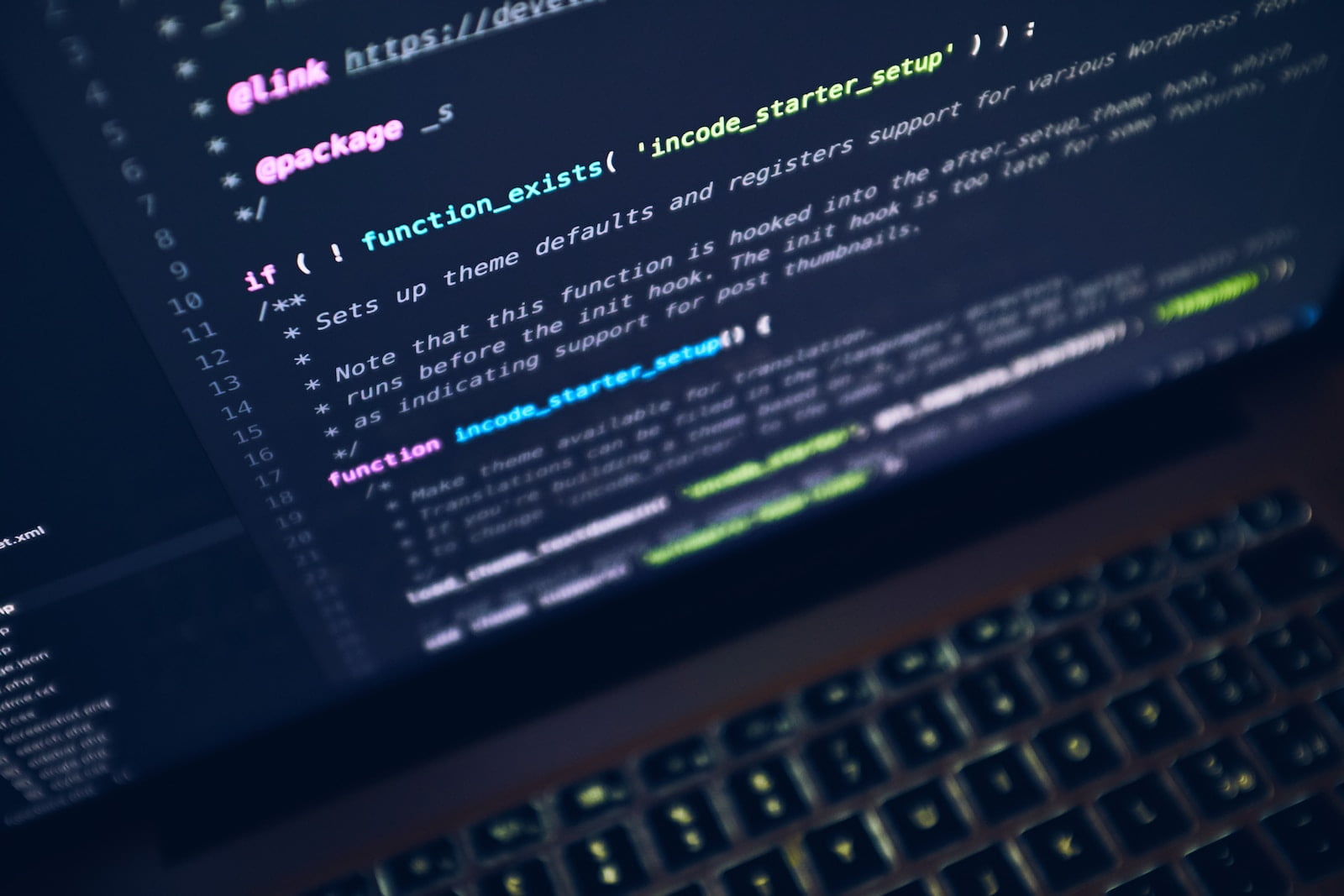In the ever-evolving landscape of financial markets, staying ahead of the curve requires not just insight, but also speed and precision. This is where automated trading systems come into play, transforming the way financial assets are bought and sold. Automated trading, often referred to as algorithmic trading or algo trading, has revolutionized the trading landscape, empowering traders and institutions with the ability to execute complex strategies at lightning speed. In this article, we’ll delve into the world of automated trading, exploring its origins, benefits, challenges, and its role in shaping the future of finance.
The Origins of Automated Trading
Automated trading systems have come a long way since their inception in the 1970s when they were first introduced on the New York Stock Exchange (NYSE). These early systems relied on simple algorithms to execute trades based on predefined criteria. However, it wasn’t until the late 1990s and early 2000s that automated trading truly gained momentum, thanks to advances in technology and the proliferation of electronic trading platforms.
How Automated Trading Works
At its core, automated trading involves the use of computer algorithms to execute trading strategies. These algorithms can range from simple rules-based systems to complex machine learning models. Here’s a simplified overview of how automated trading works:
Data Collection: Automated trading systems gather vast amounts of financial data in real-time. This data includes price quotes, trading volumes, news feeds, and more.
Strategy Development: Traders or quant developers design trading strategies based on historical data analysis and market conditions. These strategies can be as simple as moving average crossovers or as intricate as neural networks.
Algorithm Implementation: The designed strategy is then translated into code, creating an algorithm. This algorithm processes the incoming data, identifies trading opportunities, and generates buy or sell signals.
Order Execution: When a trading signal is generated, the algorithm automatically sends orders to the exchange or broker for execution. Speed is critical here, as prices can change rapidly.
Risk Management: Automated trading systems often include risk management mechanisms to protect against significant losses. These may involve setting stop-loss orders or dynamically adjusting position sizes.
Monitoring and Optimization: Traders continually monitor their automated systems, optimizing them as market conditions evolve or to improve performance.
The Advantages of Automated Trading
Automated trading offers a plethora of advantages to traders and institutions alike:
1. Speed and Efficiency: Algorithms can execute trades in milliseconds, far faster than any human trader. This speed is crucial in markets where every second counts.
2. Elimination of Emotion: Emotions like fear and greed can lead to irrational decisions in trading. Automated systems are devoid of emotions, making them consistent and rational in their execution.
3. Backtesting and Optimization: Algorithms can be backtested using historical data to assess their performance. This allows traders to refine and optimize their strategies.
4. Diversification: Automated systems can simultaneously manage multiple assets and strategies, providing diversification and risk mitigation.
5. 24/7 Trading: Automated systems can operate around the clock, taking advantage of global markets even when traders are asleep.
6. Reduced Costs: Automated trading can lower trading costs by minimizing human intervention and the associated labor costs.
Challenges and Risks
While automated trading offers many advantages, it’s not without its challenges and risks:
1. Technical Issues: System glitches, connectivity problems, or power outages can disrupt automated trading, potentially leading to losses.
2. Over-Optimization: Excessive optimization can lead to strategies that perform well in historical data but poorly in real-world conditions.
3. Market Volatility: High-frequency trading algorithms can contribute to market volatility, leading to flash crashes and increased market fragility.
4. Regulatory Scrutiny: Regulators are closely monitoring automated trading, which can lead to compliance challenges and changing regulations.
5. Black Swan Events: Unpredictable events, like the 2008 financial crisis or the COVID-19 pandemic, can catch automated systems off guard.
The Future of Automated Trading
As technology continues to advance, the future of automated trading looks promising. Here are some trends to watch out for:
1. Machine Learning and AI: Increasing use of machine learning and artificial intelligence for more sophisticated and adaptive trading algorithms.
2. Blockchain and Cryptocurrencies: Automated trading is playing a significant role in the cryptocurrency markets, where 24/7 trading is the norm.
3. Regulatory Evolution: Expect tighter regulations around automated trading to mitigate risks associated with high-frequency and algorithmic trading.
4. Retail Access: Automated trading is becoming more accessible to retail traders through user-friendly platforms and apps.
5. Ethical Considerations: Discussions about the ethics of automated trading, particularly in relation to market manipulation and fairness, are likely to gain traction.
In conclusion, automated trading has transformed the financial landscape, offering speed, efficiency, and precision that were once unimaginable. While it comes with its own set of challenges and risks, the benefits it brings to traders and institutions cannot be denied. As technology continues to evolve, automated trading will undoubtedly play an even more significant role in the future of finance, shaping the way we trade and invest in financial markets.

